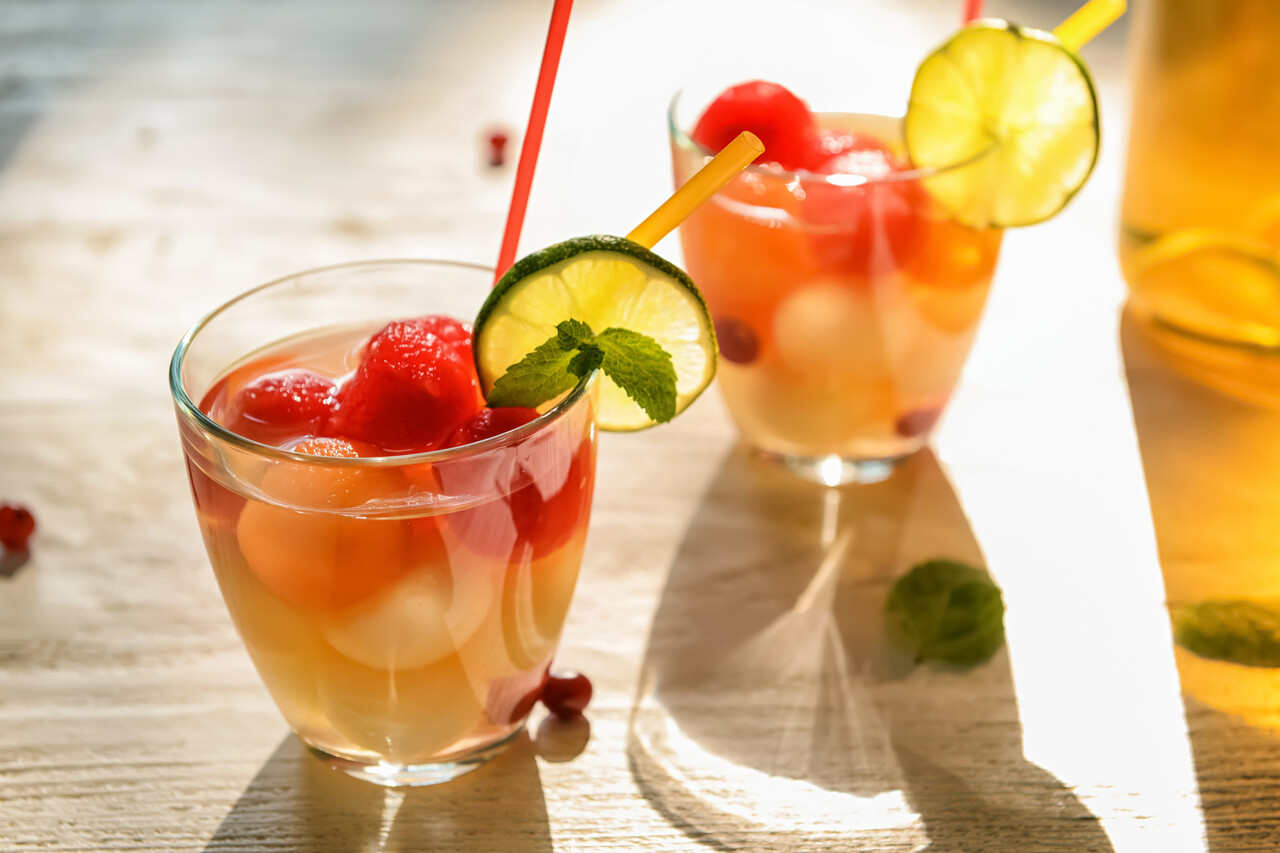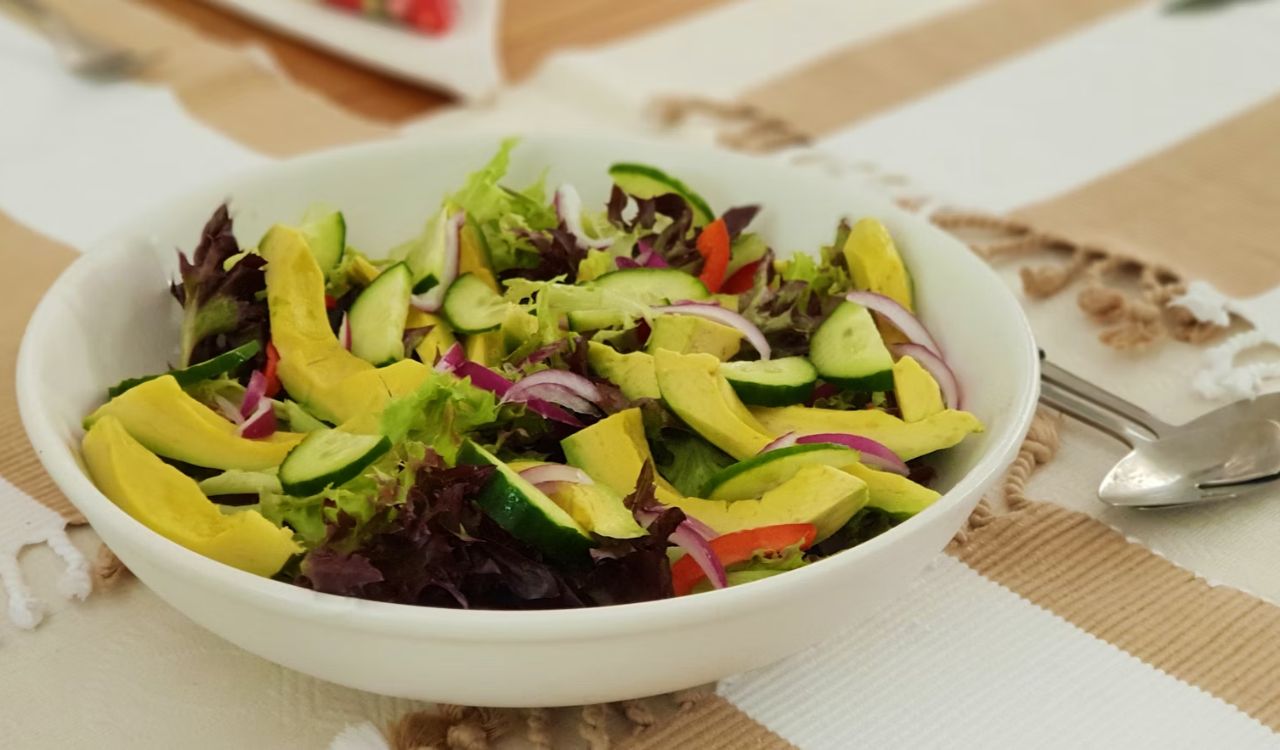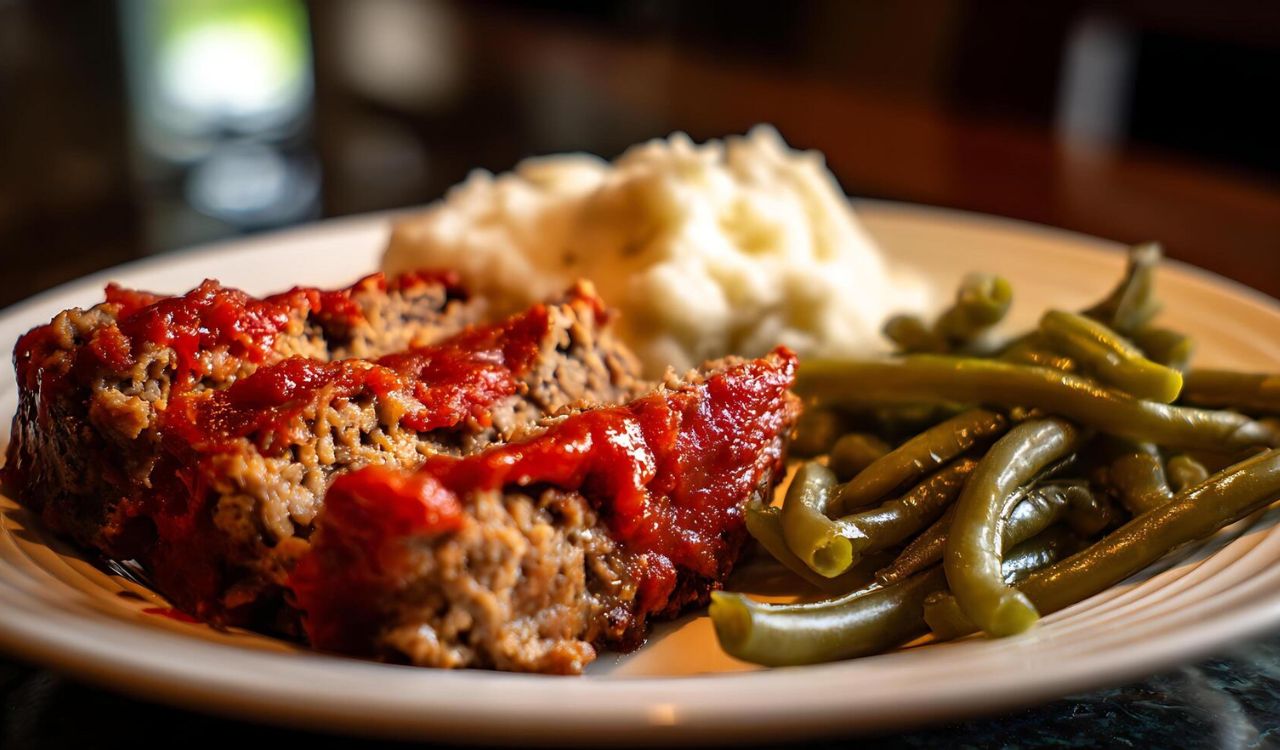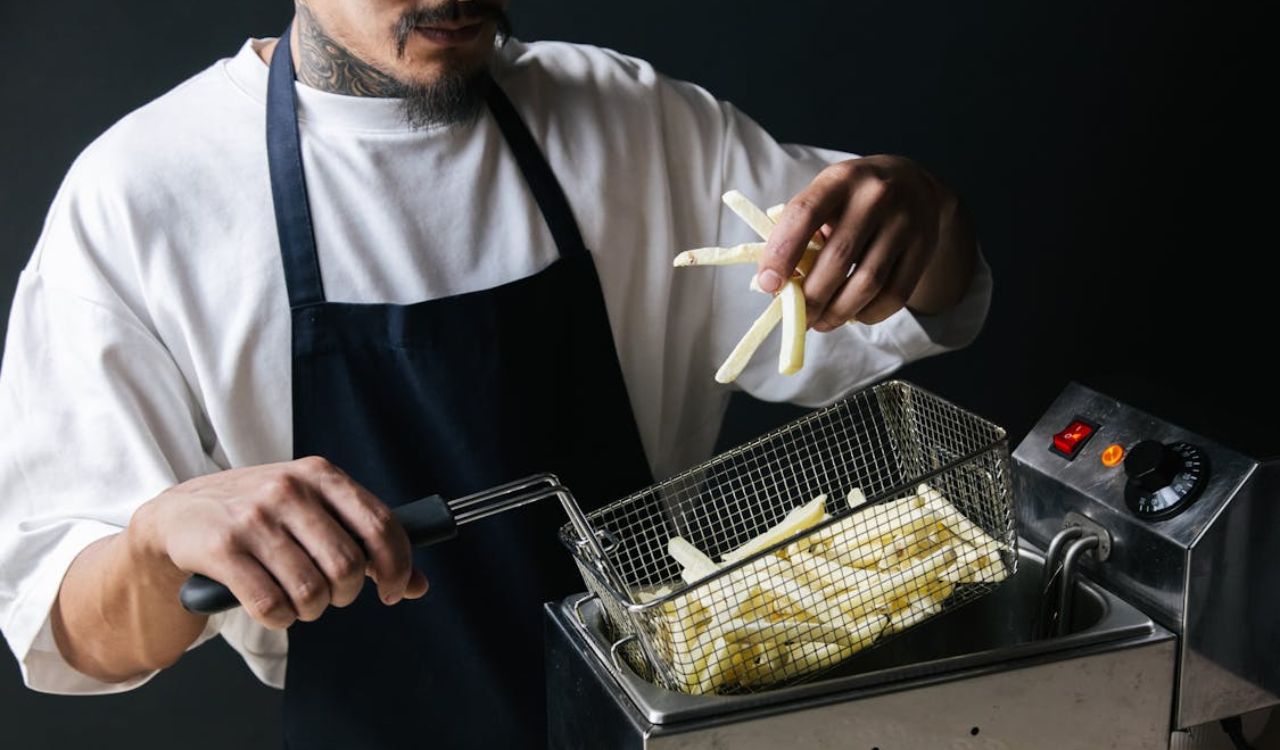11 Foods You’ll Rarely Ever See on a Cruise Ship Menu
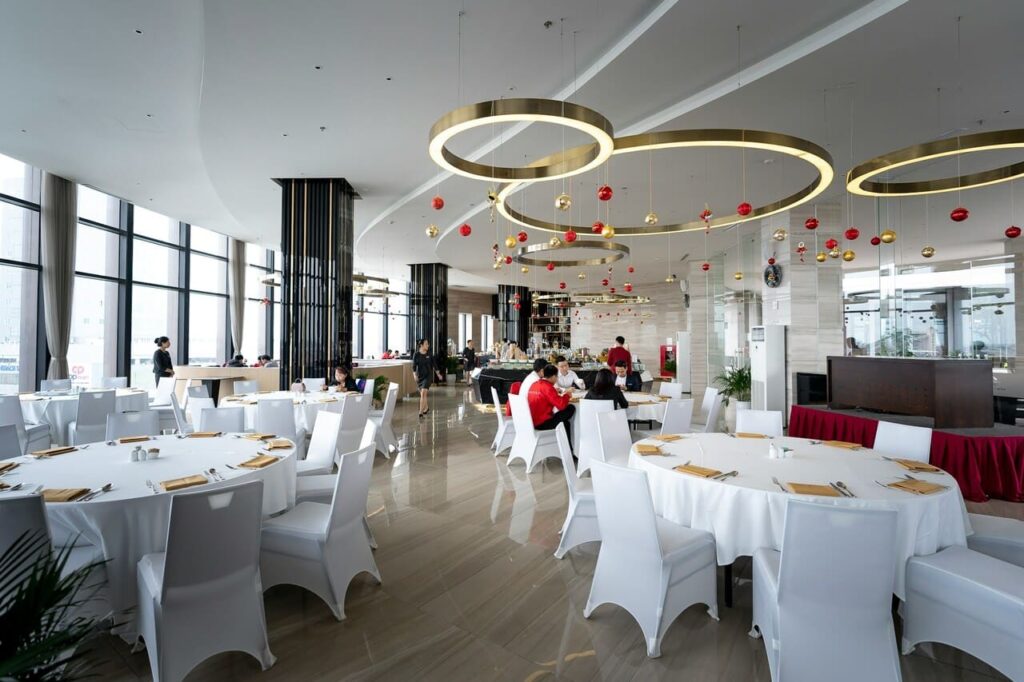
Cruise ships are famous for their food. From midnight buffets to fine dining, most guests are spoiled for choice. Yet, not every food you enjoy on land makes it to sea. Cruise kitchens have to think about safety, storage, consistency, and what appeals to thousands of passengers from all over the world. Certain foods are just too risky, expensive, or impractical to serve in this unique setting. That’s why you’ll notice some glaring absences when looking at a cruise menu. Here are eleven foods you should not expect to see while sailing.
1. Sushi with Raw Fish
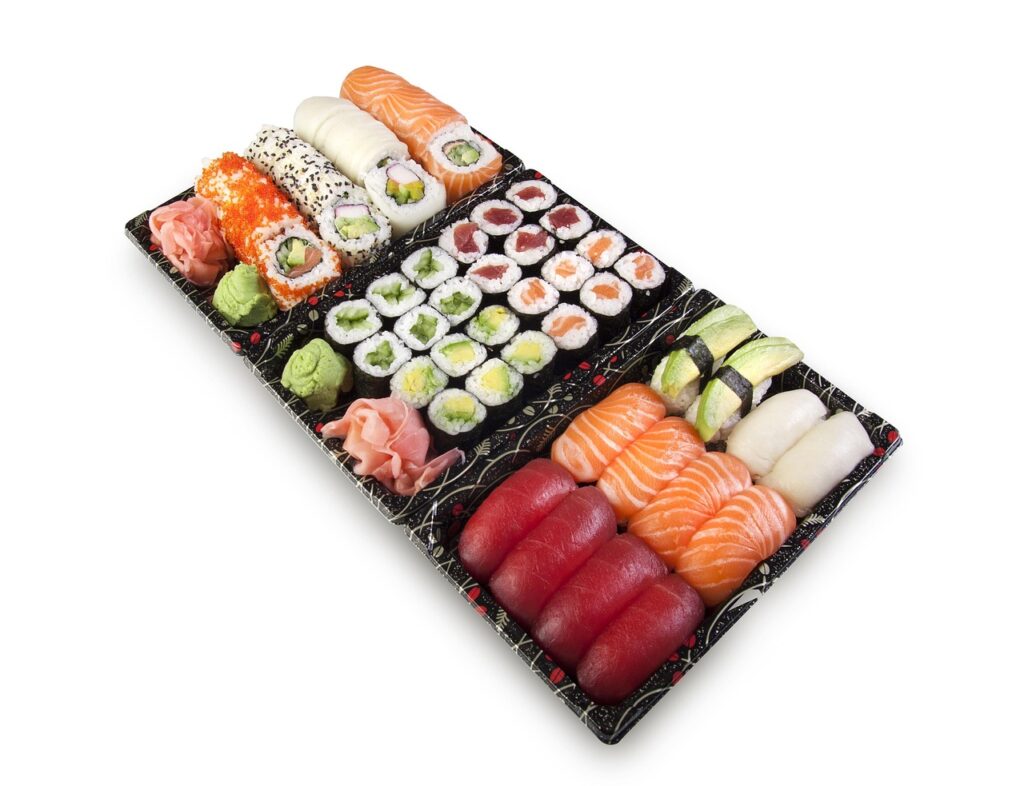
Cruise ships often offer sushi, but the raw fish kind is usually limited or absent. Raw seafood carries high food safety risks, and keeping it fresh for days at sea is a serious challenge. Even with refrigeration, ships may be far from port, making it hard to guarantee the level of freshness raw sushi demands. A slip in handling could cause major health issues, which cruise lines cannot risk. That’s why most ship sushi bars lean toward cooked rolls, imitation crab, or vegetarian varieties that are both safer and easier to serve in bulk.
2. Rare Steak Tartare
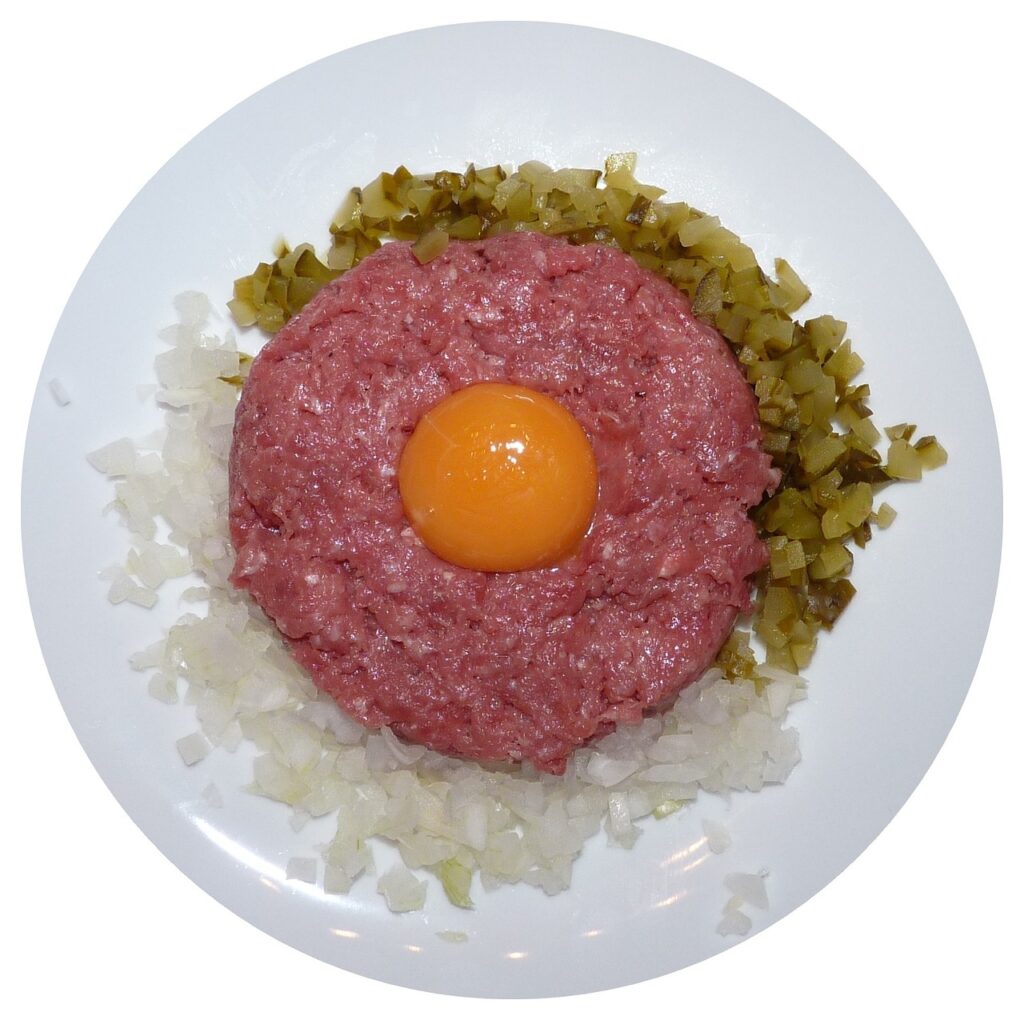
Steak tartare is a dish of raw beef finely chopped and seasoned, loved in high-end restaurants on land. But it’s something you won’t find on cruise ships. Handling and serving raw beef safely on such a massive scale is nearly impossible. It requires strict sourcing, immediate preparation, and constant refrigeration, which is not practical for a ship feeding thousands daily. Cruise kitchens focus on foods that can be safely served to large groups without increasing risks. Passengers will get steaks cooked to order, but raw meat dishes are considered off-limits at sea.
3. Fresh-Squeezed Raw Juices
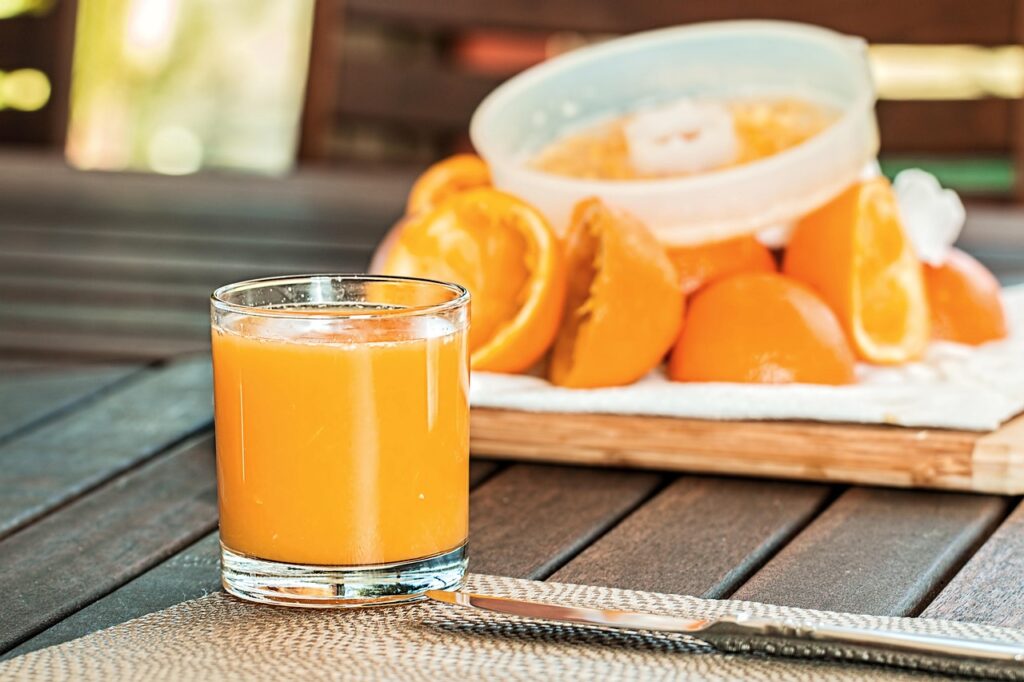
Fresh juices may sound refreshing on deck, but you’ll rarely find raw, freshly squeezed juices on a cruise. They spoil quickly, can grow bacteria if not consumed immediately, and aren’t practical for serving thousands. Instead, ships rely on pasteurized or concentrate-based juices that last longer and carry fewer risks. This system ensures consistent quality and keeps passengers safe, especially since ships can’t afford widespread foodborne illness outbreaks. While you’ll still enjoy orange juice, apple juice, or blends, they won’t be freshly squeezed straight from raw fruits or vegetables.
4. Pufferfish (Fugu)
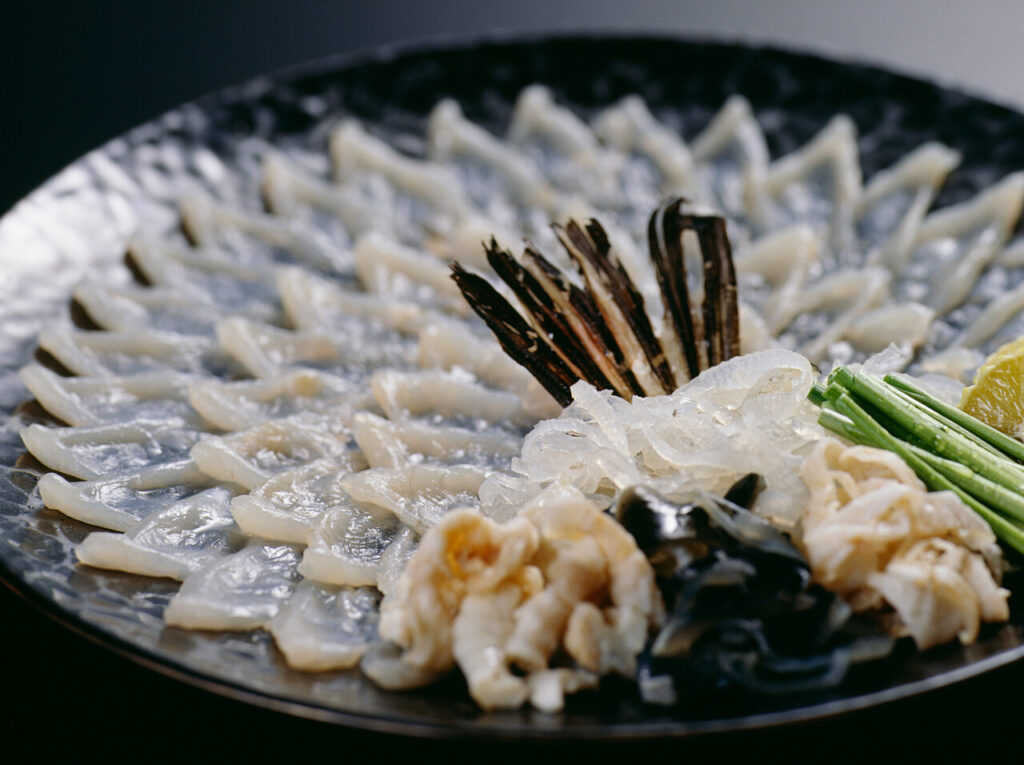
Fugu, the Japanese pufferfish, is notorious because if prepared incorrectly, it can be deadly. Only highly trained and licensed chefs are allowed to serve it on land, and even then it remains controversial. On a cruise ship, the risks multiply. Guaranteeing proper handling and safety for thousands of guests at sea is simply not realistic. Even sourcing certified chefs and ingredients would be a logistical nightmare. That’s why cruise lines avoid dangerous delicacies like fugu entirely, instead focusing on global dishes that deliver flavor without putting passenger safety at risk.
5. Unpasteurized Soft Cheeses
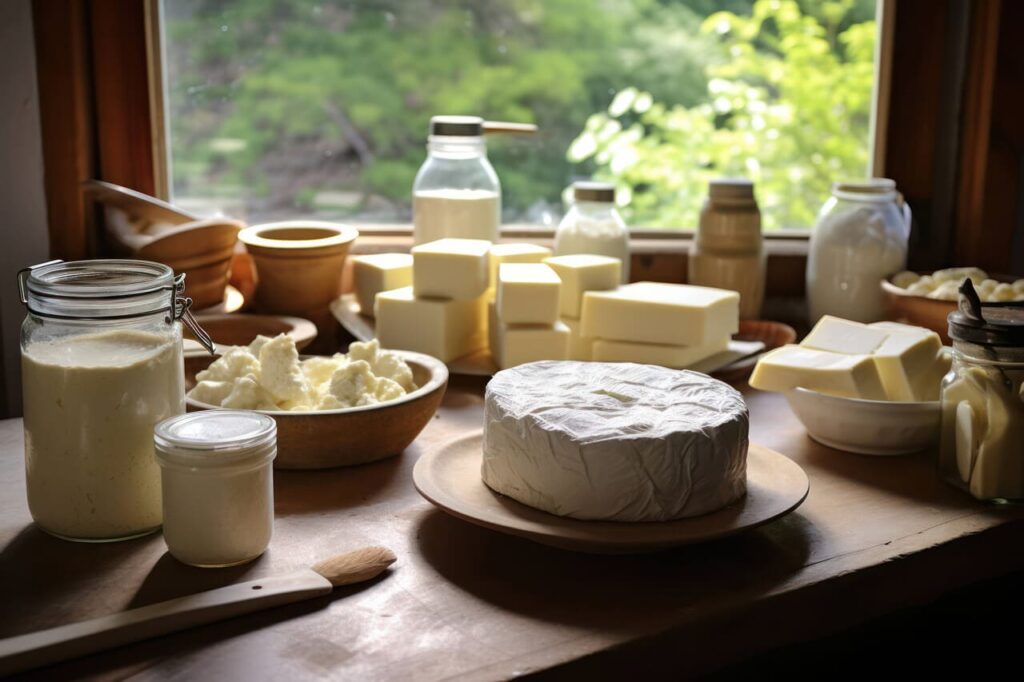
Cheese boards are popular on ships, but you’ll notice the selections are almost always pasteurized. Unpasteurized soft cheeses like brie, camembert, or blue cheese can harbor harmful bacteria if not carefully controlled. In a setting where thousands eat in close quarters, one mistake could trigger a widespread problem. Cruise lines opt for pasteurized versions that still give passengers rich, creamy flavors without the added risk. This compromise lets guests enjoy international cheeses safely while avoiding unnecessary health hazards that could disrupt an entire voyage.
6. Street-Style Food with Open Flames
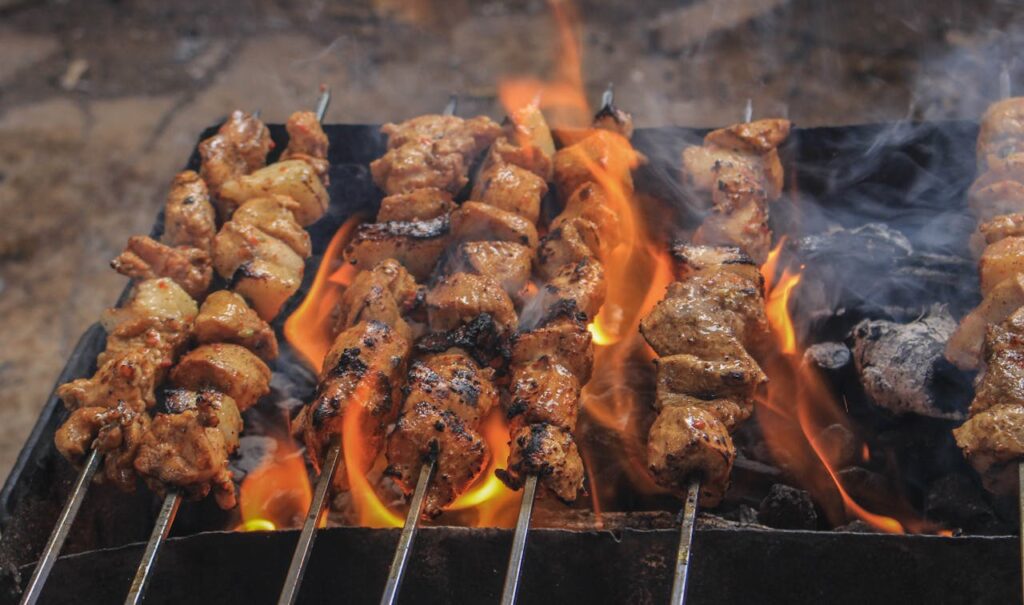
Street food often depends on open flames for that smoky, charred flavor, but open flames aren’t allowed on cruise ships due to strict fire safety rules. At sea, fire is the biggest hazard, so ship kitchens are designed to avoid it altogether. Instead, chefs rely on electric grills, ovens, and induction cooktops to recreate dishes like burgers, kebabs, or barbecue. The flavors may be slightly different, but the trade-off keeps passengers safe. If you’re craving street-style cooking, you’ll have to wait until you’re back on land.
7. Wild Foraged Mushrooms
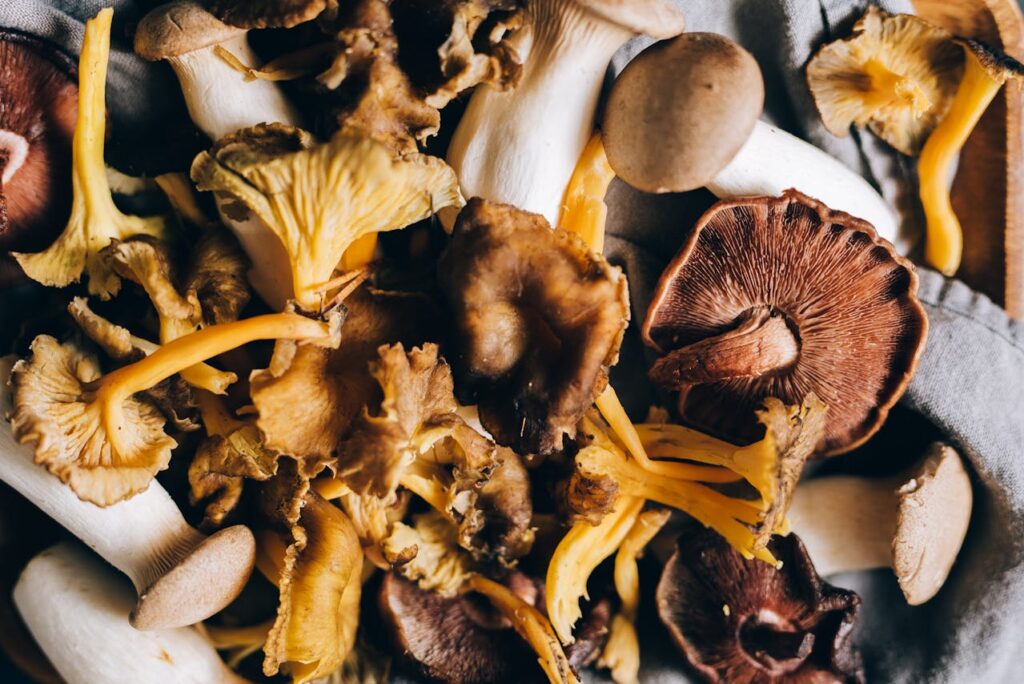
Foraged mushrooms are a gourmet ingredient in upscale restaurants, but you’ll rarely find them on a ship. Identifying safe wild mushrooms is already difficult, and mistakes can be deadly. On top of that, these mushrooms don’t store well for long voyages and can’t be stocked in large enough amounts for thousands of passengers. Instead, ships use reliable cultivated varieties like button, shiitake, or portobello. These provide great flavor and versatility while eliminating risks tied to wild, unpredictable ingredients that simply don’t belong at sea.
8. Farm-Fresh Raw Milk
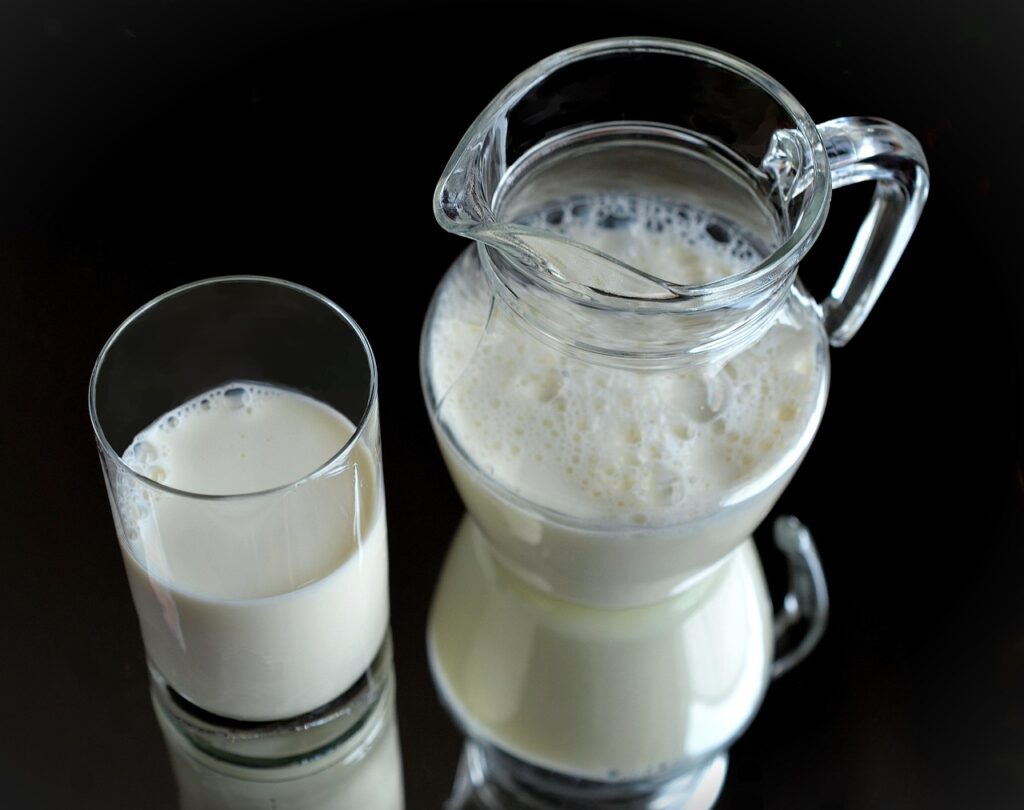
Raw milk products are banned in many places on land, and cruise ships are no exception. Serving unpasteurized milk carries significant safety risks, especially since it’s highly perishable and could spread bacteria quickly if improperly stored. Ships stick to pasteurized dairy, which offers a safe and consistent supply. Guests still get plenty of milk for cereal, coffee, and baking needs, but raw milk isn’t an option. Cruise kitchens prioritize food safety across the board, and unpasteurized dairy is one of the easiest items to eliminate.
9. Extremely Spicy Regional Dishes
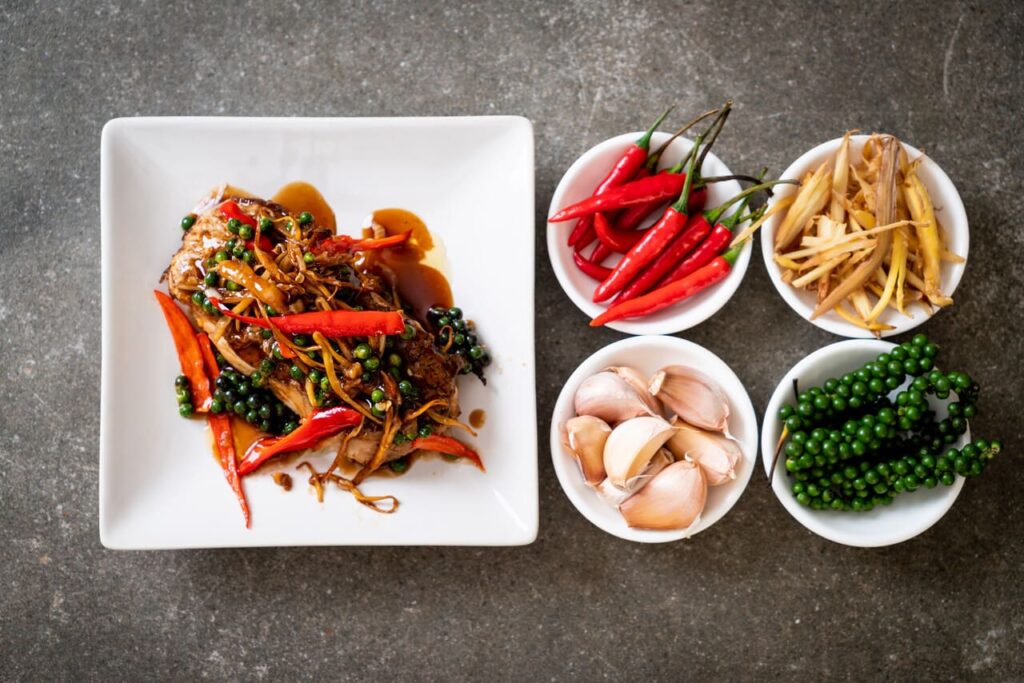
Cruise ships serve international dishes, but they usually tone down the spice. Extremely hot foods, heavy with chili, aren’t practical when cooking for such diverse groups of passengers. What’s mild to one person can be overwhelming to another, and making separate versions of every dish isn’t feasible at sea. Instead, menus favor milder flavors with small amounts of spice, letting guests adjust using hot sauces or condiments. This approach balances global variety with broad appeal, keeping meals enjoyable for most travelers without upsetting sensitive stomachs.
10. Exotic Game Meats
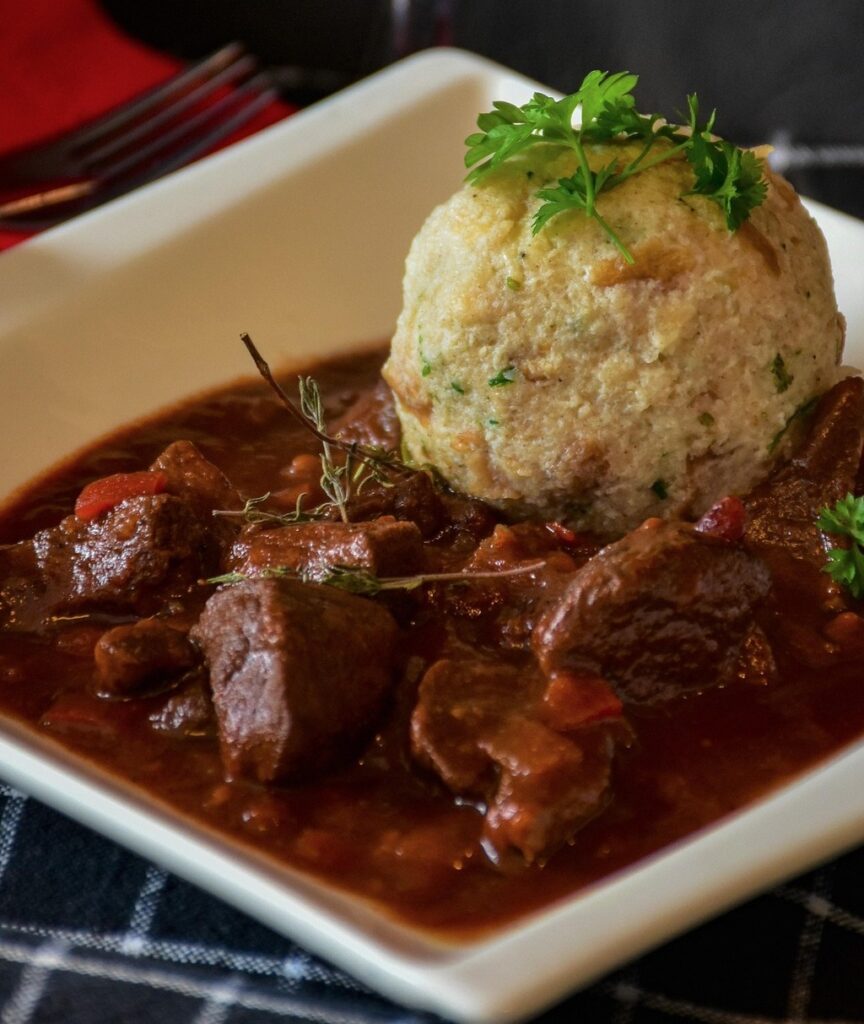
Some restaurants on land feature unusual meats like kangaroo, ostrich, or venison, but cruise ships rarely do. Sourcing enough game meat consistently for thousands of passengers is expensive and complicated. On top of that, these exotic proteins don’t have mass appeal. Ships prefer to serve chicken, beef, pork, and common fish, which are easier to prepare and widely enjoyed. The focus is on delivering reliable meals that most passengers will eat, so niche or costly items like game meats don’t cut.
11. Raw Sprouts
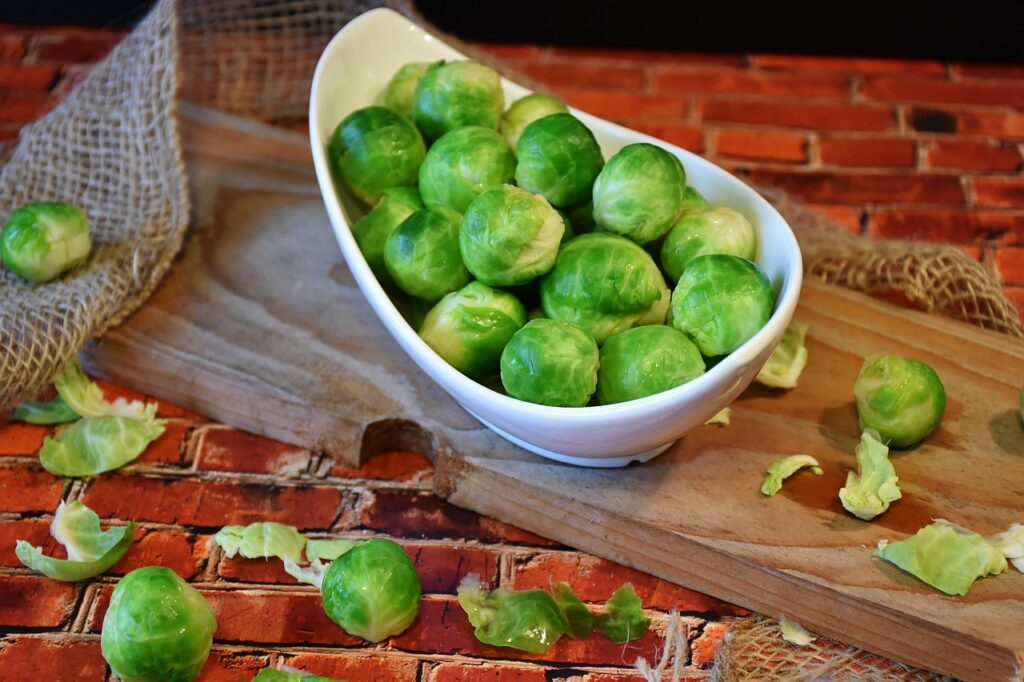
Raw sprouts might sound healthy, but they’re one of the riskiest foods to serve in a cruise ship kitchen. The warm, humid conditions needed to grow sprouts also create the perfect environment for bacteria like E. coli and Salmonella. Even thorough rinsing can’t remove contaminants once they take hold inside the seed. Because cruise kitchens feed thousands in a tightly controlled environment, one outbreak could spread fast. That’s why you’ll only find sprouts cooked, if at all; safety always outweighs the crunch.


